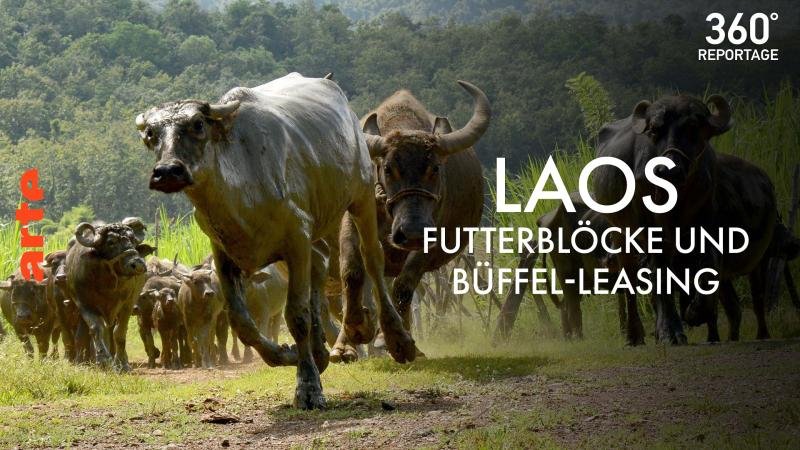
NEWS
Innovative Dairy Farms
An innovative look at dairy farming by renting buffalo from farmers in order to give them an extra income stream for a resource that doesn’t make them any money until they sell it.
Mit der Kraft der Milch: Wie die Midlife-Crisis zweier Australier Laos seine erste Büffelmolkerei bescherte
Das historische Zentrum von Luang Prabang liegt zwischen dem Mekong und seinem Nebenfluss Nam Khan. Bis zur Abschaffung der Monarchie in Laos 1975 residierten hier die Könige des Landes. Heute ist der Ort von der Unesco als Welterbe anerkannt.









